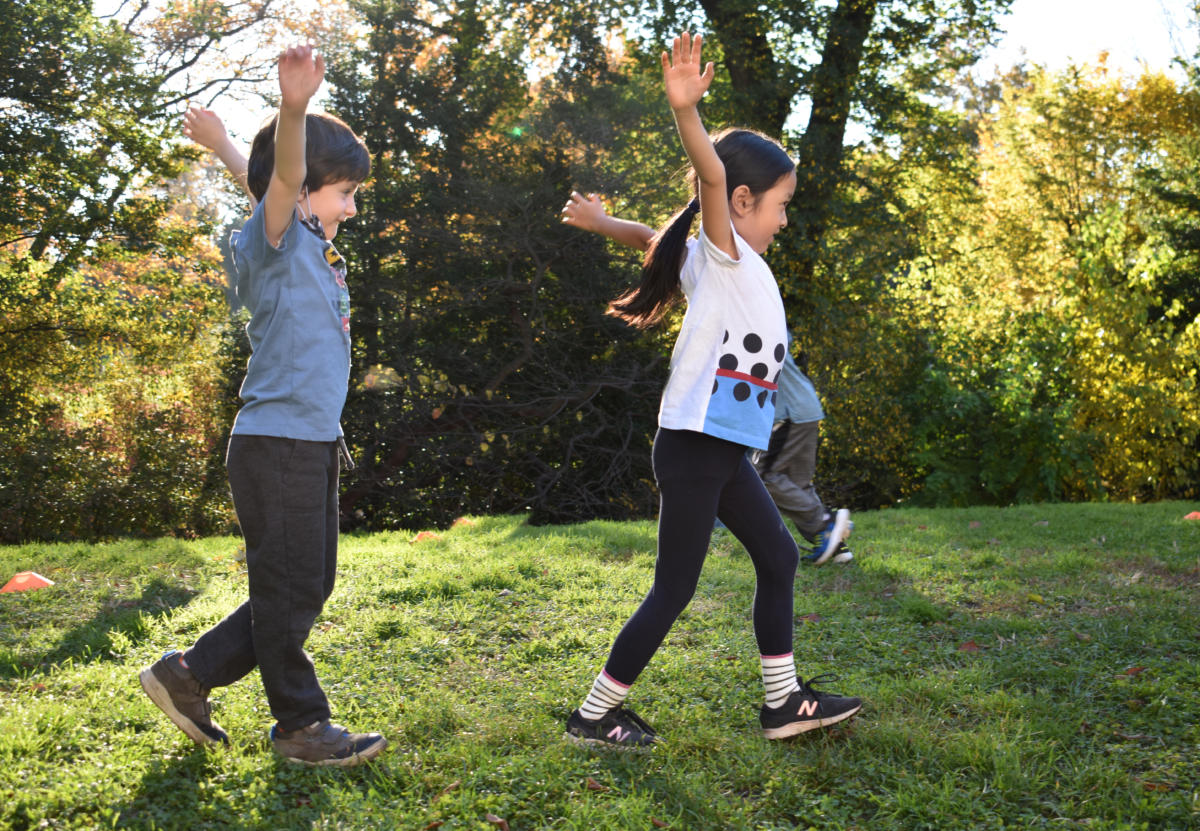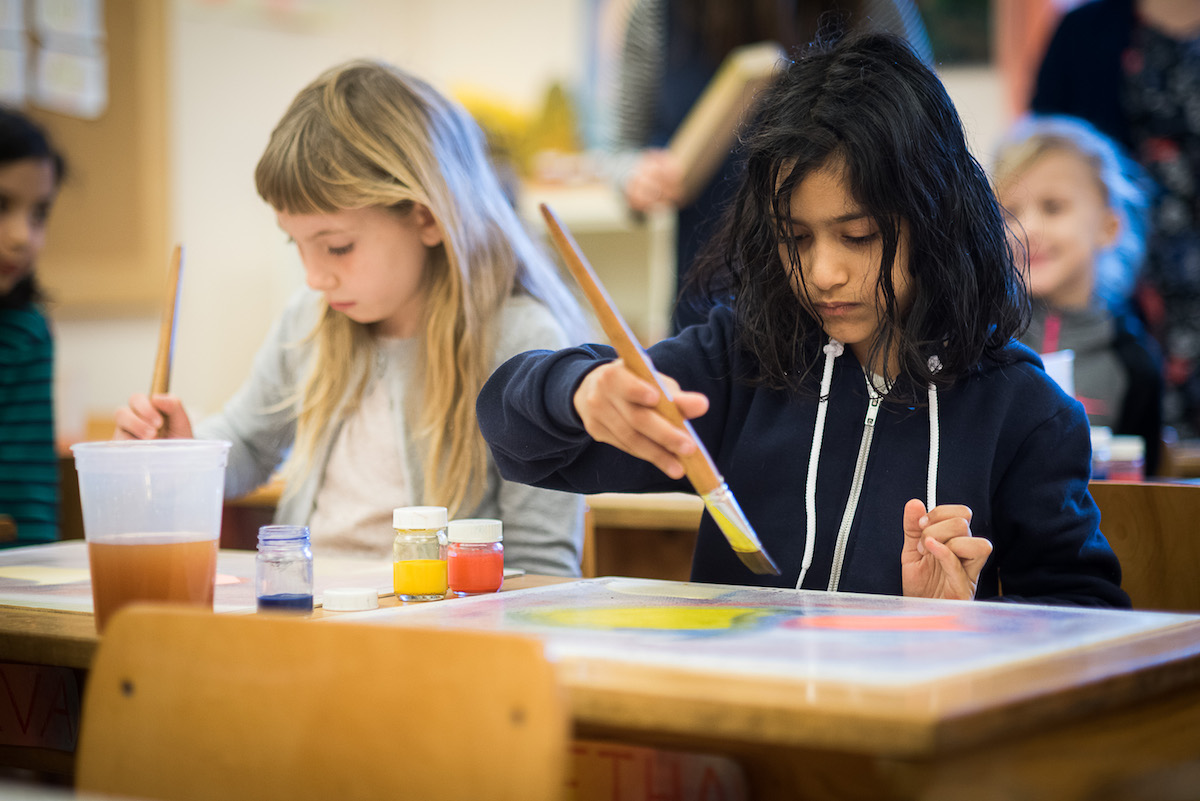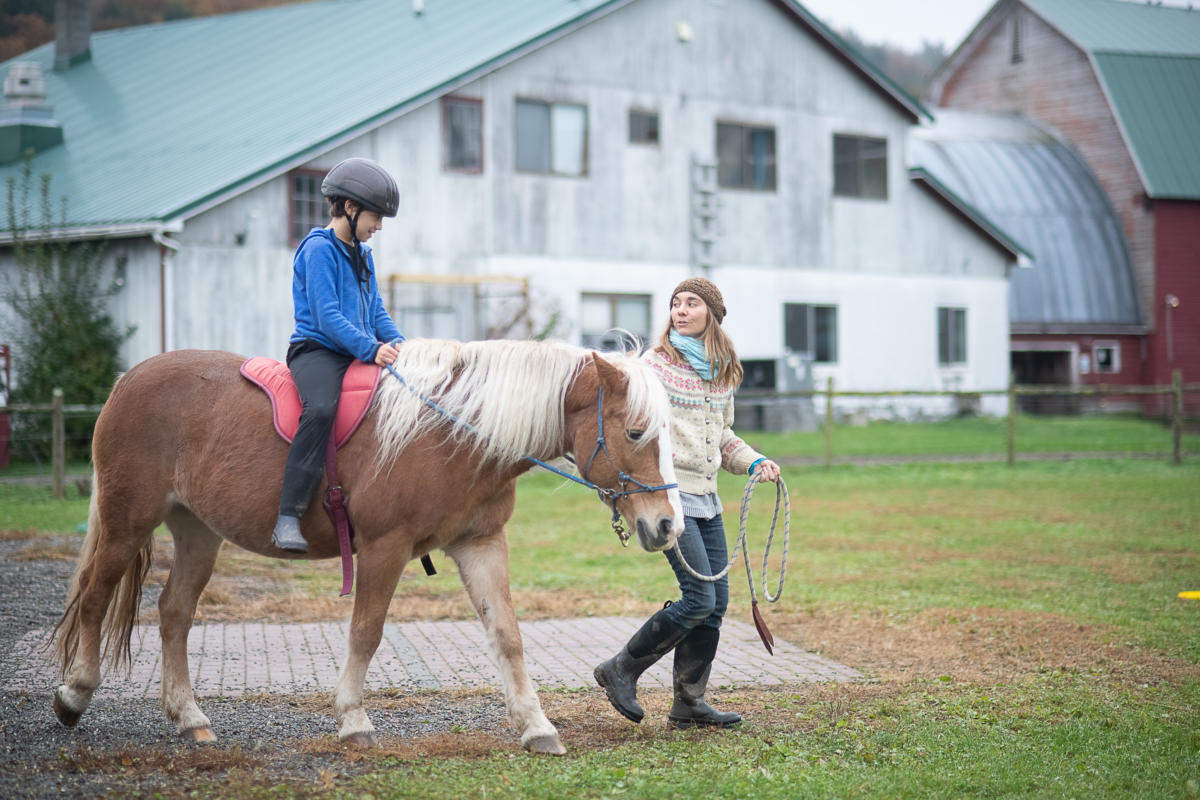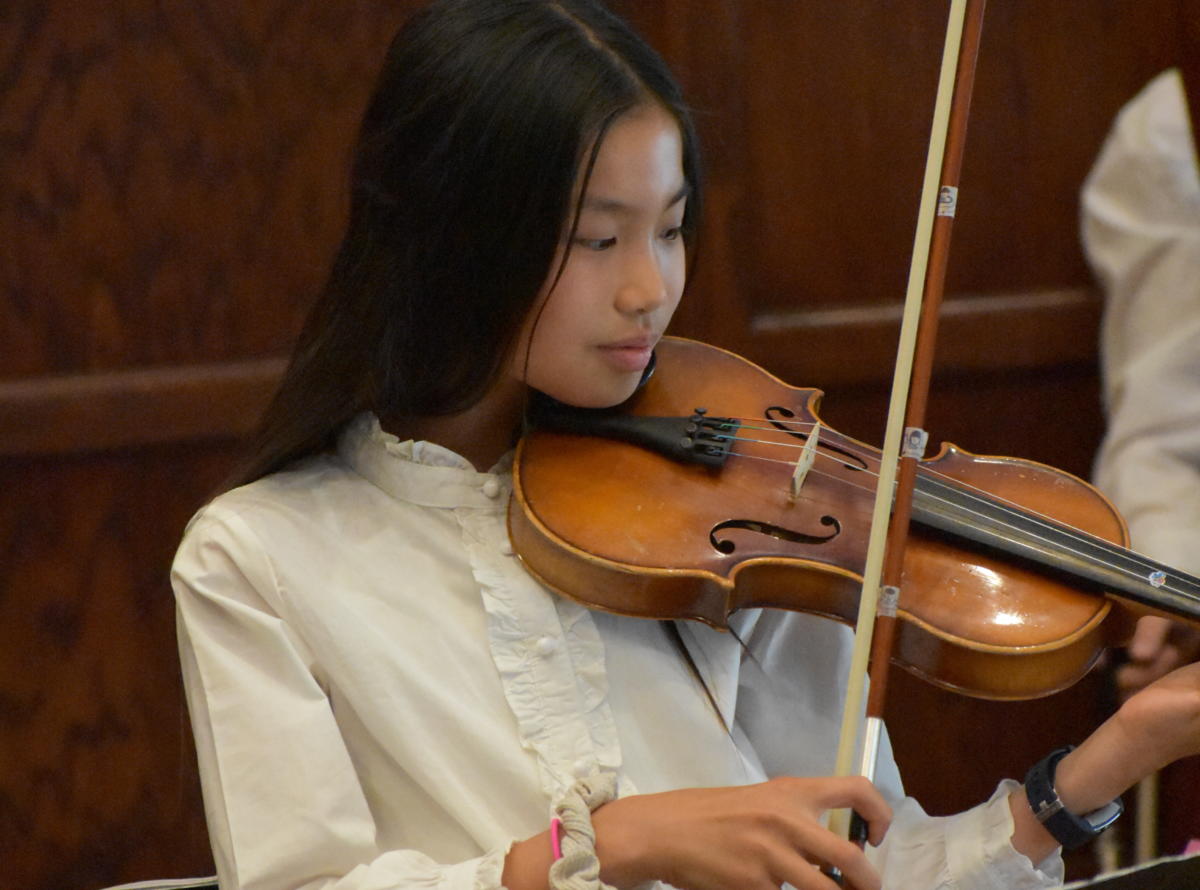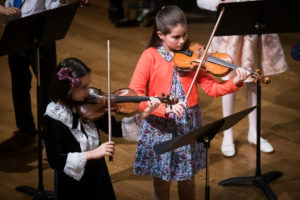Children move into the second phase of childhood at the age of six or seven. This change is marked by a new readiness for formal learning. New intellectual abilities are nurtured, continuing to empower the imagination and creativity in the early grades.
At this age every child is an artist. The teacher’s task is to inform intellectual knowledge through aesthetic experience. Mathematics, science and social studies, woodwork and knitting, and world languages (both German and Spanish) are taught integrating intellect, imagination, and art. The teachers address each child’s learning with pictures and stories, in color, rhythm, and music. What is learned becomes a living part of the child.
Grade 3 culminates with a weeklong trip to the Hawthorne Valley Farm in upstate New York.
Rudolf Steiner’s study of developmental psychology elaborates on a significant change toward the end of a child’s tenth year. There is an awakening to a new sense of self and a concurrent change in the relationship with the environment.
Our curriculum therefore calls for the introduction of natural science and history. As these subjects are introduced, the students also gain an even greater degree of autonomy in their work. Emphasis is placed on developing good habits with regard to homework and music practice.
This “second phase” of the elementary school grows organically out of the first three years.
